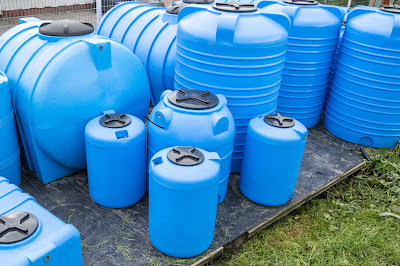People in Texas are famous for friendliness and patience as supersized as the state. This is one of the reasons there are so many visitors to the Lone Star State.
Whether you want to travel to San Antonio, Austin, the Hill Country, or surrounding communities, you'll find the best areas to stay. Not only that, you'll meet kindhearted folks to answer all your questions.
Here are three descriptions of areas to stay in Texas that introduce you to a mix of culture, heritage, food, and music, so you get the most out of your visit to Texas.
San Antonio
San Antonio is a big city but feels like a small town. Some people say the San Antonio neighborhoods are hidden gems of Texas. Neighborhoods such as Alamo Heights, Southtown, Stone Oak, Helotes, Mahncke Park, and Olmos Park are safe and lovely places to visit or purchase a home.
Places to Stay
According to U.S. World News 2021 rankings, the five best hotels in San Antonio include:
- Hotel Emma
- Mokara Hotel and Spa
- Hyatt Regency Hill Country Resort and Spa
- JW Marriott San Antonio Hill Country Resort and Spa
- Hotel Valencia Riverwalk
You can also find lodging off the beaten path. One example is Bandera located about 50 miles northwest of San Antonio. Many summertime visitors go there to enjoy campgrounds, dude ranches, dance halls, and rodeos.
Good Eating
This friendly city is famous for its delicious food, especially the tacos at Las Palapas. Also, the Mi Tierra Cafe has authentic Mexican food that makes it a destination for locals and visitors.
For more upscale dining, check out the Chart House. It's located 750 feet up in the Tower of Americas. The view of the city through the glass walls is incredible as your seat rotates 360 degrees as you're eating.
Outdoor Life
If you'd rather spend your day enjoying nature, Op Schnabel Park in San Antonio has mountain bike and hiking trails that go on for miles. It's dog-friendly and appropriate for beginners and advanced hikers.
City Sites
Taking a stroll along Riverwalk beside the San Antonio River is a big draw for tourists and locals. If you're a history buff, you won't want to miss visiting The Alamo and animal lovers can enjoy a day at the San Antonio Zoo.
Seasonal Festivals
Depending on when you're visiting San Antonio, you can enjoy art events, cultural festivals, art workshops, and music presentations. Many of these events have free admission.
Austin
Although Austin is the capital of Texas, it's a relatively small city. It has the relaxed atmosphere of a college town. Big draws for visiting Austin are its live music concerts and nightlife. From the Texas State History Museum to the Blanton Museum of Art, Austin has something for everyone.
When visiting Austin, rest your head at one of the top five places to stay:
- The Driskill
- Archer Hotel Austin
- Four Seasons Hotel Austin
- JW Marriot Austin
- Lake Austin Spa Resort
If you want to get the most out of your stay in Austin, check out the tours available. No matter what your interests, Austin has a tour you'll enjoy. Here are several tours available:
- Cultural
- Self Guided
- Landmarks
- Walking
- Ghost and Vampire
- Theater and Art
- Historical
- City
- Bus
- Mountain Bike
After a day of touring Austin, you'll have a hard time deciding on where to eat. Austin has upscale dining, as well as BBQ, budget eating from food trucks. You can even take a food or brewery tour.
Houston
You might know Houston as the Space City, the Bayou City, or the Clutch City, but whatever name you call it, Houston features robust eateries, booming nightlife, and prosperous art making it a destination for travelers.
People flock to Houston's parks, bayous, niche boutiques, and thriving urban neighborhoods. If you're looking for a diverse place to stay in Texas, Houston could be the place.
You'll find great wines along the Texas Bluebonnet Wine Trail. As you're sipping the local wines, you'll also experience stunning views of the Texas countryside.
Of course, if you're a science buff, the Space Center Houston is a place you won't want to miss. In addition to all of the eateries and museums, Houston has a variety of comfortable lodgings.
The top five places to stay in Houston include:
- The Post Oak Hotel at Uptown Houston
- The Lancaster Hotel
- Hotel ZaZa Houston Memorial City
- Four Seasons Hotel Houston
- The St. Regis Houston
No matter how many times you visit Houston or even if you own a home there, the size of the city is hard to grasp. The mild winters and affordable housing makes it one of the country's fastest-growing cities.
Start Your Adventure in Texas
San Antonio, Austin, and Houston offer some of the best areas to stay in Texas. You can find unique accommodations, natural beauty, delicious eateries, and historical sites.



























